Lestene Brothers' Cemetery, Memorial Exposition and bunker
Museum


Lestene Brothers’ Cemetery is located in Tukums municipality, Lestene, next to the Lestene church. The construction of the Brothers’ Cemetery in Lestene began in 1998. It is the second largest military cemetery in Latvia, and more than 1,300 Latvian legionnaires are buried here. Only after regaining the independence, it was possible to rebury Latvian soldiers who fell during World War II. The Latvian Legion was a combat unit of the German Army, formed mainly from illegally drafted Latvians. The soldiers thought of their presence in the legion as something that had to be done to be able to restore Latvia’s independence, despite the fact that they were in the ranks of the German armed forces and that Germany had occupied Latvia. Latvian legionnaires fought against the Red Army, which had destroyed Latvia's independence and its army and committed crimes against civilians. Between 110,000 and 115,000 soldiers fought in the ranks of the German Army and about 30,000–50,000 of them never left the battlefield. The Brothers’ Cemetery central theme ‘Motherland – Mother – Latvia’ was created by the sculptor Arta Dumpe. Across the road an exhibit dedicated to the history of the Latvian Legion has been created in a former pub. Right next to it the men of the Latvian Officers Association, under the leadership of Captain Jānis Slaidiņš, have built an underground bunker to show how soldiers and officers lived on the front lines.
Used sources and references:
Silgailis, A. Latvian Legion. Riga: Valmiera Printing House 2006.
Official website of the Daugava Vanagi central board. Available: https://www.dvcv.lv/lestene/ [Accessed: 19.02.2021.].
https://www.visittukums.lv/lv/Ko-skatit/Muzeji-kolekcijas-un-izstazu-telpas/Bunkurs (viewed 19.10.2021)
Your comments
The official website of the Daugavas Vanagi central board is now: https://dvcv.org.lv/kurzemes-lielkaujas-un-lestenes-bralu-kapi
Related timeline
Related topics
Related stories
Battles in the Courland fortress near Lestene
The narrator describes his impressions of the battles in the Lestene area and the role of the Latvian 19th Division in the battles.
Memories of Werner Preijers, commander of the company of the 42nd Regiment of the Latvian Legion, about the battles of Courland.
The Courland Fortress was formed after the fall of Riga on October 13, 1944, and the Russian breakthrough to Klaipėda on October 10, thus cutting off land traffic with Germany.
"Digging is better than burrial!"
The order of the Army Group “Kurland” is: "Build and build!" It is a task for every soldier of the front of the rear services. Which is best marked by the word: "Digging is better than burrial!"




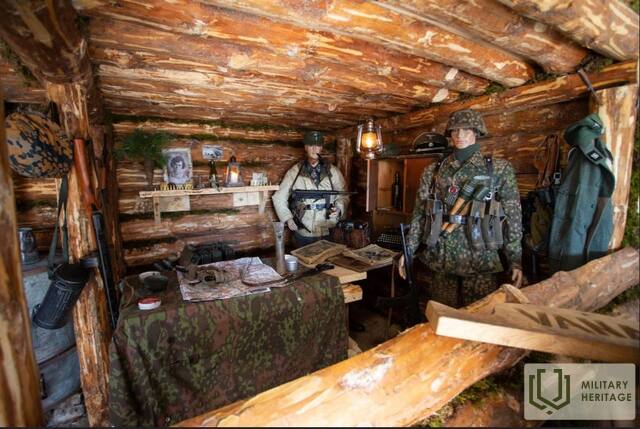


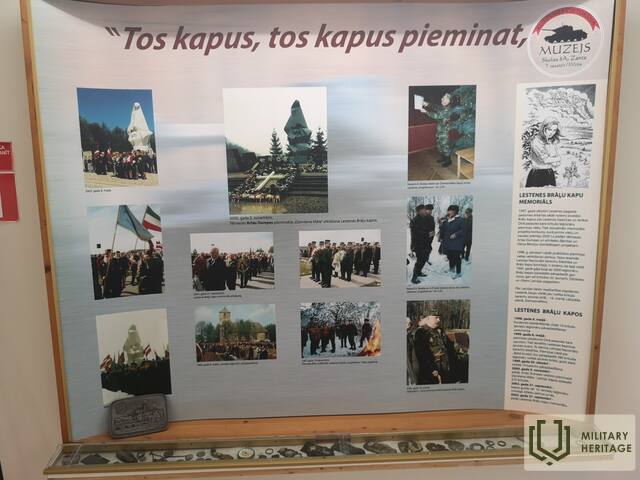


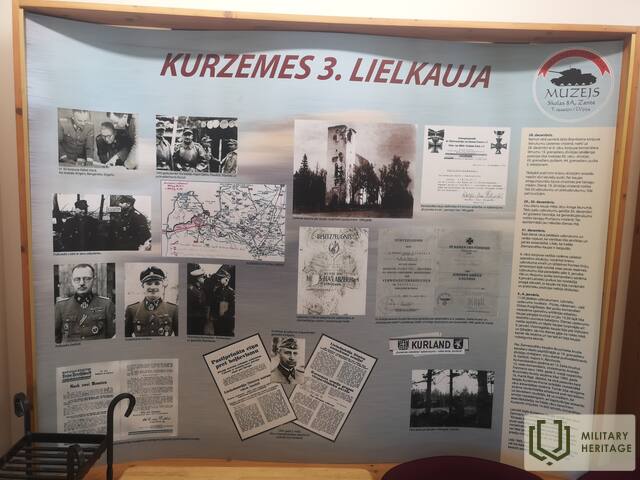



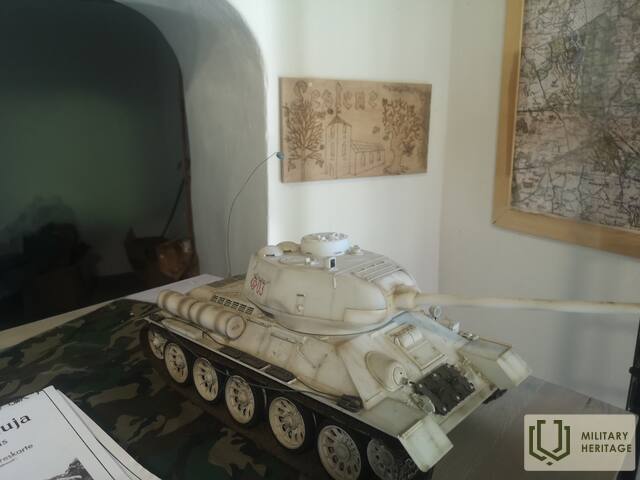



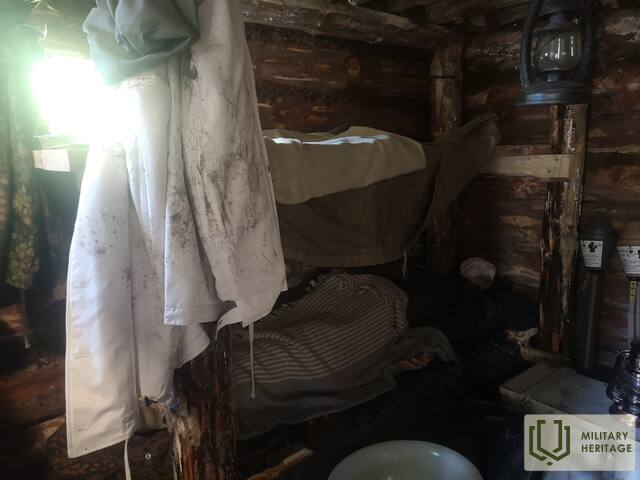













The bunker has been demolished and the memorial room closed for the duration of the rebuilding, which may last until 2027.